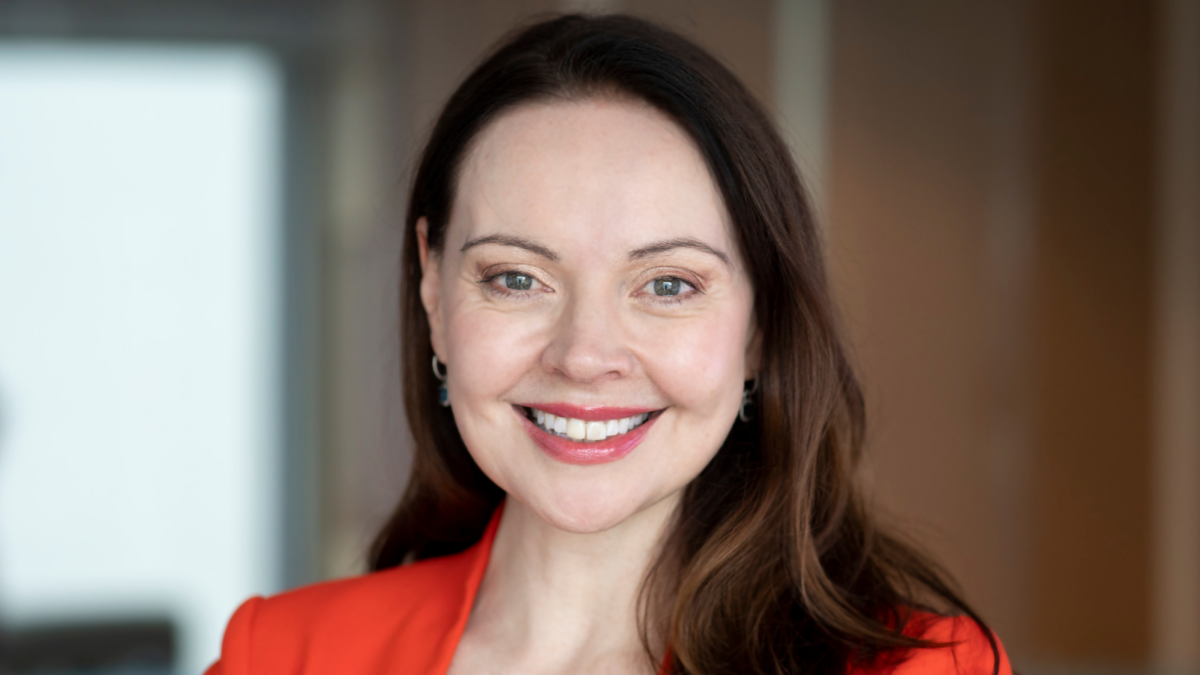How Cbus will manage $50 billion by itself – and another $50 billion with help
The $85 billion fund’s new five year strategy will see it eschew overseas offices in favour of partnering with international managers and double down on internalisation – where it makes sense, according to chief strategy officer for investments Alexandra West (pictured).
“We’ve come from a place where we had less than 10 per cent internally managed five or so years ago – we had Cbus Property and cash – to about 40 per cent internally managed today with direct strategies across most asset classes and heading to upwards of 50 per cent in five years based on our forecasts,” West tells ISN.
The 50 per cent figure isn’t arbitrary – it’s based on internal analysis of the market and what Cbus thinks it can do well within it, and depends on three ‘buckets’: the scale-up of existing strategies; the launch of adjacent strategies where the fund thinks it can leverage the capabilities of an existing team; and opportunistically adding new strategies, with West saying that the fund “is always open to calls from exceptional people or exceptional teams” and would consider acquiring external managers to boost its capabilities.
“Strategies we expect to keep growing over time would be our direct debt portfolio, which recently hit a billion dollars, and that does property construction financing and corporate debt in Australia,” West says. “Another strategy we anticipate to grow will be our quantitative Australian equities strategy, which is at almost a billion dollars.”
Internalisation has so far been a relatively smooth process, with Cbus taking cues from Canadian pension funds and building out a dedicated “strategy and innovation function” in the investment team to develop and dynamically adjust the long-term strategy. Still, West notes that most headlines focus on the quantum of assets managed in-house and the launch of new portfolio strategies with less attention paid to the “really sophisticated organisational infrastructure” that supports it.
“What’s hard is building out the requisite capability ahead of the curve,” West said. “It’s no good bringing in an infrastructure transaction team if you don’t have sophisticated tax and legal support internally for them to be able to act quickly on deal flow. It’s no good bringing in a new portfolio strategy if you don’t have the data and analytics capability for the PM to manage that portfolio and do attribution properly.”
Cash, fixed income and public equities are usually the first asset classes to be internalised by any fund owing to the (relatively) simple nature of their exposure to them. For Cbus – and many other funds – it’s a case of making the bread and buying the butter.
“Mainstream asset classes lend themselves to internal management, and in Australia most things can be done internally,” West says “And what I’d say about global strategies is that those that don’t require actual boots on the ground can be done from Australia.”
“Anything that’s highly specialised or customised we would be less likely to do in house. I’d imagine we wouldn’t do an Asian small cap strategy from Melbourne. We wouldn’t do direct private equity investing in China, just to eliminate some highly specialised strategies that might require a local presence.”
But even as it heads towards half of its projected $100 billion assets being managed internally, Cbus – unlike megafund peers Aware and AustralianSuper – isn’t in a hurry to head overseas.
“Our strategy is constructed with a deep understanding of where we sit in the market in terms of scale,” West says. “Larger funds had no choice but to establish overseas offices to deploy capital. But we’re very confident we can execute from Australia. We’re not in a position where we need to assume the cost, the operational risk and the management complexity of setting up overseas offices just yet.”
“In five years’ time we might be in a different position. But for now we’d rather retain our agility and culture… Of course, part of that is supported by the fact that we continue to focus on partnering with quality external providers where that makes sense. We’ve got a strong track record with Copenhagen Infrastructure Partners and Brookfield and others to access opportunities overseas.”











